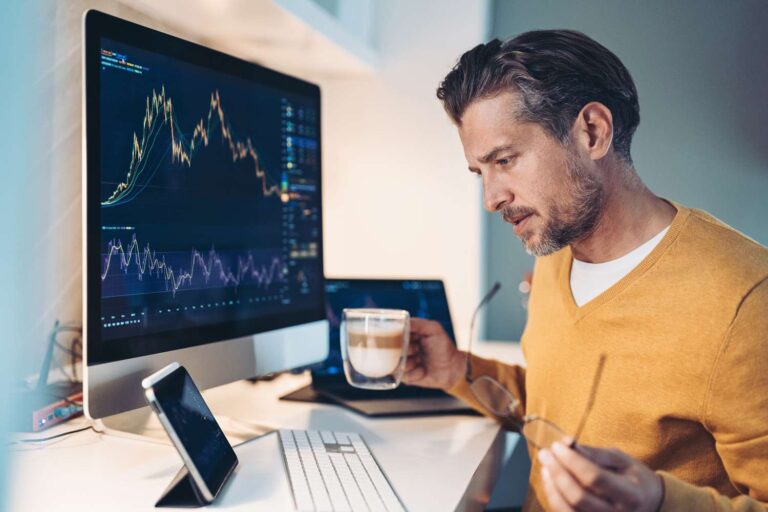The pace of innovation in global finance is accelerating, and few areas are evolving as quickly as commodities trading. Once reliant on phone calls, spreadsheets, and human brokers, this market has embraced digital transformation. In 2025, technology is no longer a support tool, it is the driver behind strategy, speed, and scale.
Artificial intelligence is changing trade decisions
AI has moved beyond buzzword status and into the daily workflow of many traders. Algorithms are scanning massive datasets, spotting patterns, and even executing trades based on pre-programmed conditions. This shift allows traders to make decisions faster and with more accuracy.
Rather than replace human judgment, AI complements it. Traders now use machine learning models to detect price anomalies, forecast commodity movements, and test strategies in simulations. In commodities trading, having AI on your side is like adding a full-time research assistant to your team.
Blockchain brings trust and transparency
Commodities often move across multiple borders and change hands several times before reaching end users. This complexity has made transparency a challenge. Blockchain is stepping in to create digital records that are secure, tamper-proof, and instantly verifiable.
From verifying the origin of agricultural goods to tracking metal purity, blockchain is building trust into supply chains. For traders, this means better access to data and fewer risks tied to fraud or misinformation. In commodities trading, this increased visibility supports smarter contracts and greater efficiency.
Advanced platforms streamline every step
Modern trading platforms offer far more than buy and sell buttons. They include built-in analytics, risk management tools, and customizable dashboards that let traders monitor multiple markets in real time. These platforms have made sophisticated tools accessible to traders of all sizes, not just institutions.
Many platforms also integrate news feeds, economic calendars, and social sentiment indicators, allowing users to react instantly to global developments. In today’s commodities trading environment, platform choice can influence performance as much as strategy.
Data has become the most valuable asset
Data is the new currency in trading. Historical prices, weather models, shipping data, and even satellite imagery are being analyzed to predict commodity supply and demand. The accuracy and speed of this analysis have increased dramatically with new processing tools.
Those who can access and interpret this data effectively hold a significant edge. Whether anticipating a drought’s effect on grain markets or tracking tanker movements to gauge oil supply, data-driven insights now guide most trading decisions in commodities trading.
Automation speeds up strategy execution
Automation tools help traders set up conditional orders, alerts, and pre-programmed reactions to specific market events. This reduces emotional decision-making and allows for round-the-clock activity, even when traders are away from the screen.
Rather than reacting late to a major price move, automation ensures that a strategy can act on your behalf. In volatile markets, this precision can protect profits and minimize losses, making it an essential part of modern commodities trading.
A future where tech defines the edge
As markets become more competitive and fast-moving, the advantage belongs to those who embrace innovation. Technology is not just enhancing commodities trading, it is redefining what is possible.
From artificial intelligence to blockchain, from advanced platforms to real-time data analytics, the trading floor has moved into the cloud. And those who adapt are discovering not just greater efficiency, but entirely new ways to trade.
